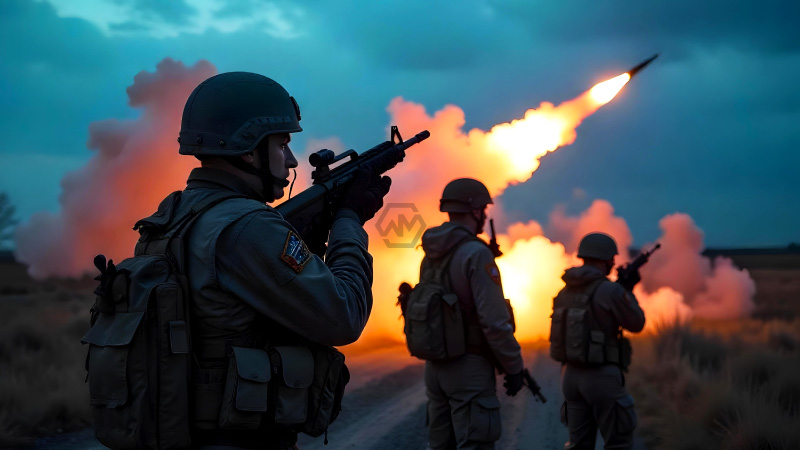- Russia conducts its largest missile and drone attack on Ukraine in over two months, targeting power facilities across multiple regions.
- The strike causes widespread infrastructure damage, including in Kyiv, Mykolaiv, Dnipro, and Zaporizhzhia, leading to power outages and civilian casualties.
- Ukraine’s air defenses intercept over 140 aerial targets, but the attack results in at least 5 deaths and significant destruction across the country.
On November 17, 2024, Russia launched a massive missile and drone strike on Ukraine, marking the largest assault since August. The primary target was Ukraine’s power infrastructure, with explosions reported in Kyiv, Mykolaiv, Zaporizhzhia, and several other cities.
Ukrainian authorities implemented emergency shutdowns to mitigate damage to the national grid, fearing long-lasting power cuts as winter approaches. The attack resulted in at least five deaths and numerous injuries, including two fatalities in Mykolaiv from drone strikes.
Massive Russian Airstrike Targets Ukraine’s Power Grid as Cold Weather Looms
At least five people were confirmed dead, including victims in Mykolaiv and Dnipro, while more than a dozen were injured in the attacks. In Kyiv, parts of the city were plunged into darkness as officials shut off electricity to prevent damage to the grid.
The attack also hit several critical facilities, including a railway depot in Dnipropetrovsk Oblast, resulting in fatalities among railway workers. The escalation of these airstrikes aligns with Russia’s strategy of targeting Ukraine’s infrastructure to weaken its ability to sustain military operations.
This massive strike comes as Ukraine braces for a harsh winter, with Russian attacks on power infrastructure becoming increasingly frequent. Ukrainian officials have repeatedly warned that Russia would continue to target the energy sector to maximize civilian hardship and exert pressure on the government.
In addition to the immediate casualties, the destruction of energy systems poses long-term risks to the country’s resilience, with officials scrambling to maintain emergency services and power across the nation.
International responses to the attack included a swift reaction from Poland, which shares a border with Ukraine. Polish air defenses were heightened, and fighter jets were scrambled as a precautionary measure against the possibility of missiles crossing into NATO airspace.
The continued barrage of Russian missiles and drones shows Moscow’s intent to maintain pressure on Ukraine, especially as winter sets in and temperatures drop.
“Russia launched one of the largest air attacks: drones and missiles against peaceful cities, sleeping civilians, critical infrastructure.” — Andrii Sybiha, Ukrainian Foreign Minister



